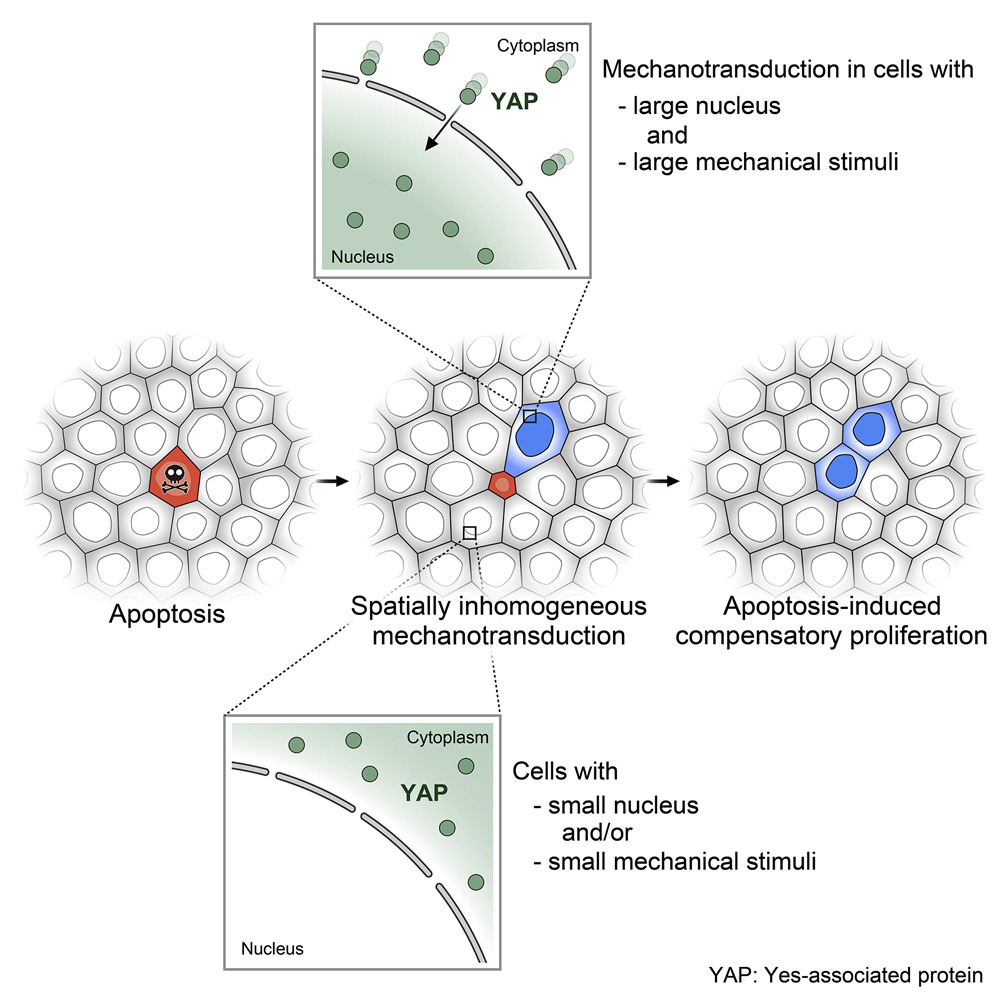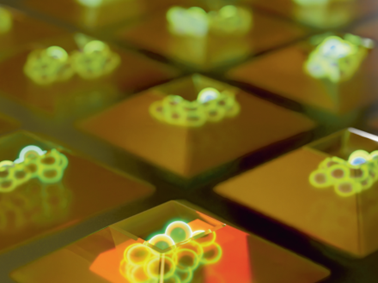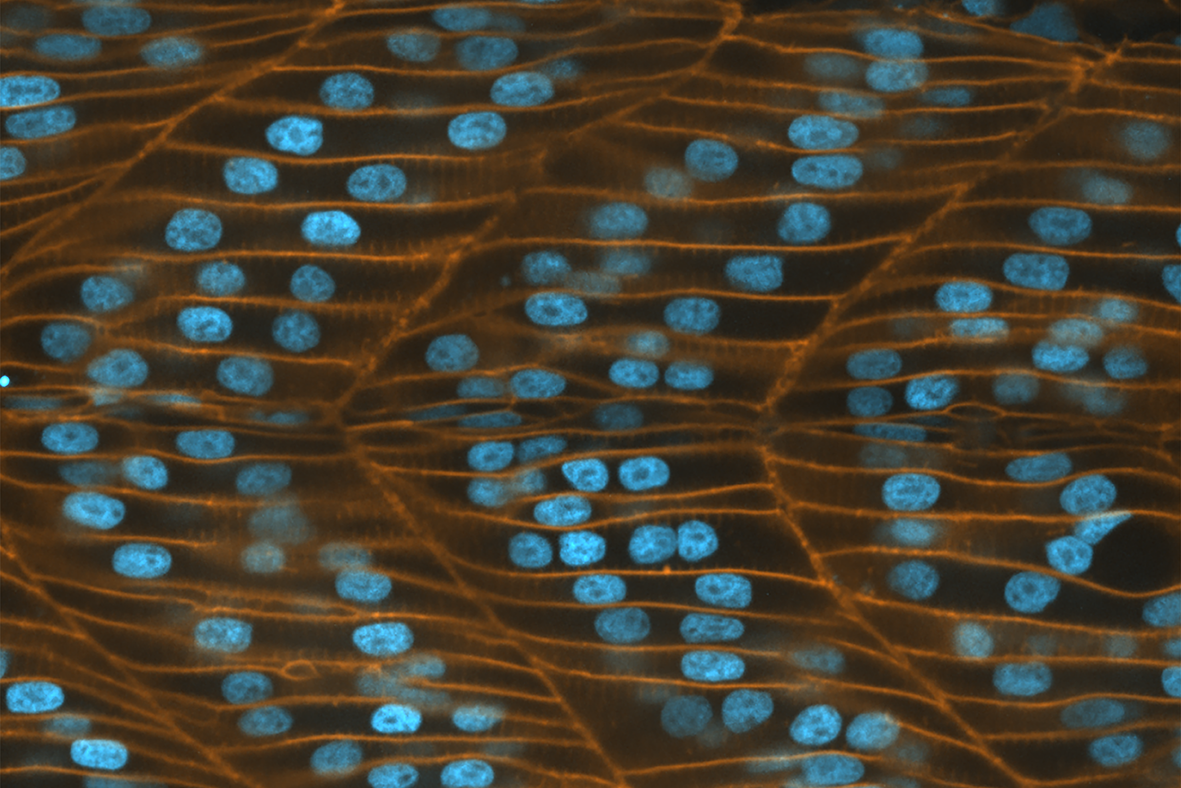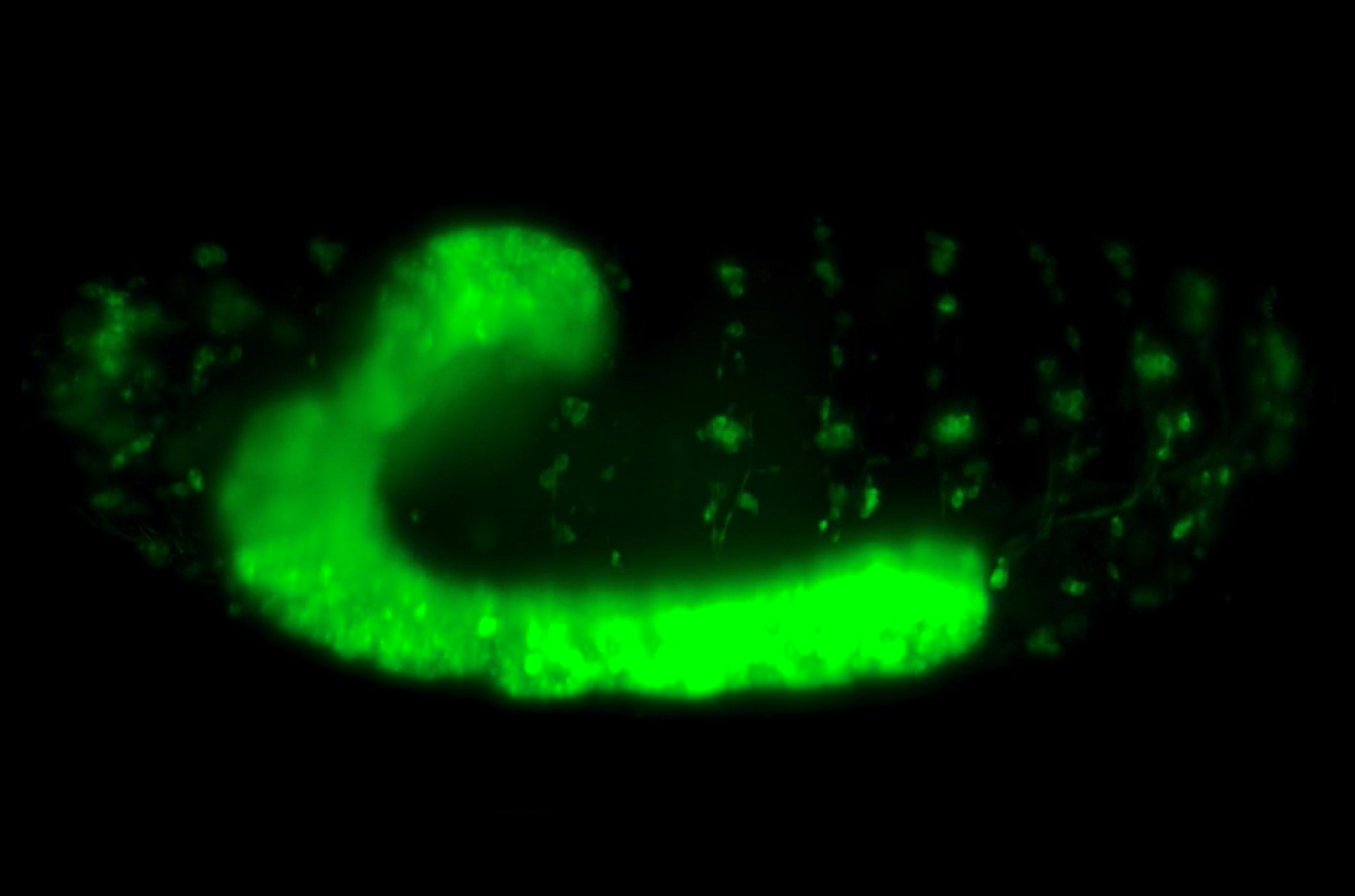Recent Featured Research
Defining the pattern of cell death and replacement
Researchers from the Toyama Lab at MBI reveal how mechanical factors control apoptosis and cell replacement. https://www.mbi.nus.edu.sg/featured-research/defining-the-pattern-of-cell-death-and-replacement
Bridging the (BP)GAP in metastasis
A collaborative study between researchers at MBI and scientists locally and overseas discovered how a scaffolding protein synchronizes, in space and time, two important regulatory proteins driving cell migration Learn more
The Crown JeWell of organoid imaging
An interdisciplinary team from MBI combined imaging, microfabrication, and biology to develop JeWells - an innovative platform for growing and imaging organoids in 3D. Learn more
Building a mechanobiological signaling scaffold for the heart
A collaboration between MBI scientists and clinical researchers revealed how a scaffolding protein integrates biochemical and mechanical signals to control cardiac muscle cell differentiation. Learn more
Guiding random events to create resilient patterns
A study from the Saunders lab uncovers how random cell fusion events during muscle development are regulated at the tissue level to ensure correct patterning of the muscle architecture. Learn more
A Nervous Contraction
A collaborative study from the Saunders Lab and the Martin-Blanco Lab at the Molecular Biology Institute Barcelona, Spain, demonstrates how the contraction of a Drosophila's ventral nerve cord during development is oscillatory and driven by the combined contractile efforts of individual cells. Learn more
MBInsights Annual
MBInsights: Decoding the Living Machine
An annual summary of research at the Mechanobiology Institute, National University of Singapore
The annual is a synopsis showing the breadth of the research coming from the MBI. We are very proud of the fact that we have been able to build an institute with state-of-the-art capabilities in super-resolution microscopy and microfabrication. Our open lab environment and the energy of our students and postdocs have combined to take advantage of our experimental tools to answer important biological questions. Because we believe that these tools should be utilized to solve many more problems in the biomedical sciences, we invite you and your colleagues to join us in collaborative studies to solve those problems. Many different disciplines are needed since the problems need the tools of physicists, biologists, computational scientists, and engineers, working side-by-side to better understand how biological systems integrate mechanical cues and physical forces from the world around them.
Read more about MBInsights Annual 2017
See all editions of MBInsights Annual
Hew Choy Leong receives Alumni Award for Academic Achievement
Emeritus Professor Hew Choy Leong, Senior Advisor to MBI, is honoured with an Outstanding Alumni Award for Academic Achievement.
Avery Sun selected for CEMB Future Leaders in Mechanobiology Seminar Series
MBI PhD student Avery Sun was selected for the Future Leaders in Mechanobiology Seminar Series in February 2025. This monthly seminar series is hosted by the Center for Engineering Mechanobiology, University of Pennsylvania, USA.
Takumi Kawaue
Visiting Research Fellow, Toyama Group
MBI Publications
Latest Publications
- Balasubramaniam L, Monfared S, Ardaševa A, Rosse C, Schoenit A, Dang T, Maric C, Hautefeuille M, Kocgozlu L, Chilupuri R, Dubey S, Marangoni E, L Doss B, Chavrier P, Mège R, Doostmohammadi A, and Ladoux B. Dynamic forces shape the survival fate of eliminated cells. Nat Phys 2025;. [PMID: 40636322]
- Mu B, Rutkowski DM, Grenci G, Vavylonis D, and Zhang D. Ca2+-dependent vesicular and non-vesicular lipid transfer controls hypoosmotic plasma membrane expansion. BMC Biol 2025; 23(1):207. [PMID: 40629316]
- Lu L, Fuji K, Guyomar T, Lieb M, André M, Tanida S, Nonomura M, Hiraiwa T, Alcheikh Y, Yennek S, Petzold H, Martin-Lemaitre C, Grapin-Botton A, Honigmann A, Sano M, and Riveline D. Generic comparison of lumen nucleation and fusion in epithelial organoids with and without hydrostatic pressure. Nat Commun 2025; 16(1):6307. [PMID: 40628714]
- Fan S, Chen S, Qiao Z, Qi J, Wu Z, and Lim CT. Strain-Sensitive Thermochromic Smart Electronic Skin for Joint and Spine Healthcare Applications. Adv Sci (Weinh) 2025;:e07605. [PMID: 40619581]
- Vikran E, and Hirashima T. Curvature feedback for repetitive tissue morphogenesis - Bridging algorithmic principles and self-regulatory systems. Semin Cell Dev Biol 2025; 173:103633. [PMID: 40617186]
- Yeow J, Chia CG, Lim NZ, Zhao X, Yan J, and Chng S. Structural Insights into the Force-Transducing Mechanism of a Motor-Stator Complex Important for Bacterial Outer Membrane Lipid Homeostasis. J Am Chem Soc 2025;. [PMID: 40589080]
- Ong HT, Sriram M, Susapto HH, Li Y, Jiang Y, Voelcker NH, Young JL, Holle AW, and Elnathan R. The Rise of Mechanobiology for Advanced Cell Engineering and Manufacturing. Adv Mater 2025;:e2501640. [PMID: 40576525]
- Lee Y, Shen X, Dreesen O, Zhua J, and Li R. Dysregulation of Extracellular Fibronectin and 5-integrin in Dermal Aging. Mol Biol Cell 2025;:mbcE25020074. [PMID: 40560397]
- Kumari A, Kumar A, Xu G, Roy K, Pratap R, Holle A, and Tijore A. Confinement Suppresses Mechanical Force-Mediated Cancer Cell Apoptosis. Small 2025;:e2504261. [PMID: 40556557]
- Zhang X, Bai J, Fan S, Liang L, Song X, Nai MH, Zhang R, Chen M, Wang J, and Lim CT. Dissecting Exosomal-Tumoral-Vascular Interactions of Single Tumor Cells and Clusters Using a Tumoral-Transendothelial Migration Chip. ACS Nano 2025;. [PMID: 40556461]
Biomaterial shows how ageing in the heart could be reversed
A new lab-grown material has revealed that some of the effects of ageing in the heart may be slowed and even reversed. The discovery could open the door to therapies that rejuvenate the heart by changing its cellular environment, rather than focusing on the heart cells themselves.Learn more
Rejuvenation of aged egg cells
MBI researchers collaborated with NUS Bia-Echo Asia Centre for Reproductive Longevity and Equality, based at the NUS Yong Loo Lin School of Medicine, to develop an innovative technique to significantly enhance the reproductive potential of aged oocytes, or immature egg cells, potentially paving the way for better outcomes of assisted reproductive technologies, such as in-vitro fertilisation (IVF), for older females. Learn more
Microtubules and Cell Movement: A Closer Look at Focal Adhesion Disassembly
Researchers from the Bershadsky Lab at MBI utilized optogenetics to unlock the role of microtubules in regulating focal adhesion disassembly, an important step in cell migration. http://www.mbi.nus.edu.sg/featured-research/microtubules-and-cell-movement-a-closer-look-at-focal-adhesion-disassembly
Defining the pattern of cell death and replacement
Researchers from the Toyama Lab at MBI reveal how mechanical factors control apoptosis and cell replacement. https://www.mbi.nus.edu.sg/featured-research/defining-the-pattern-of-cell-death-and-replacement
Bridging the (BP)GAP in metastasis
A collaborative study between researchers at MBI and scientists locally and overseas discovered how a scaffolding protein synchronizes, in space and time, two important regulatory proteins driving cell migration Learn more
Contributions
MBInsights is created and curated by the MBI Science Communications Unit. The Science Communications Unit works towards enhancing awareness of progress made in the field of mechanobiology to the general public, science enthusiasts, young students and scientists working in alternative fields. This is achieved by promoting the latest findings in our own research, and in the field in general, through the media, the production of online educational resources, and outreach events.
Have a question or comment about MBI’s research? Contact us.


